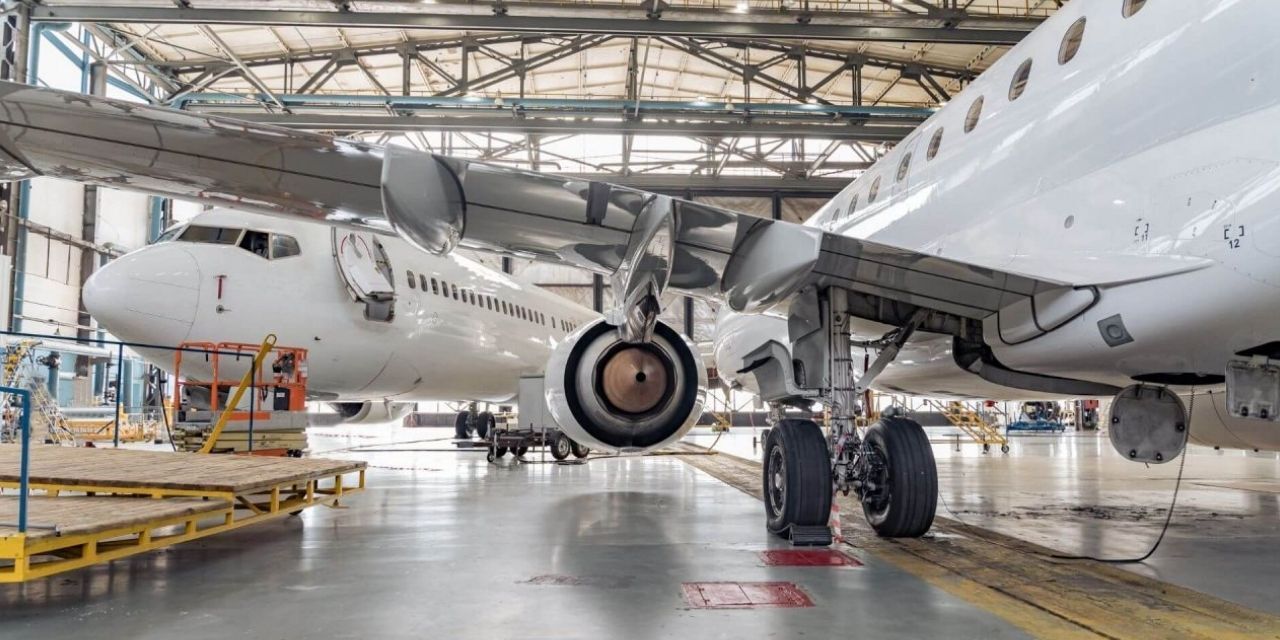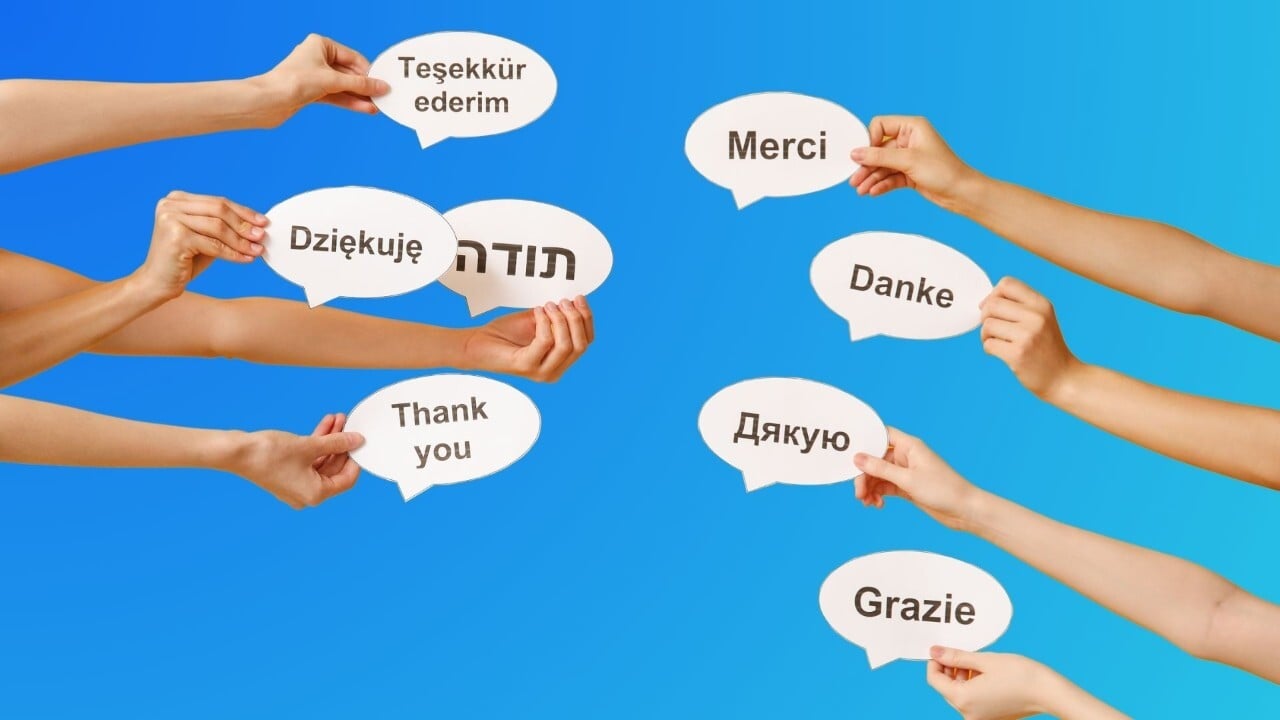Website localization is a topic that gathers marketing, localization and web development professionals around the same priority: to streamline web content management workflows for multiple languages.
Exploring today’s localization technology's pros and cons, we shed light on how to determine what localization approach works best for your content.
What is Website Localization – and How Does It Work in 2025?
Website localization is the process of adapting your site’s content, structure and experience to meet the linguistic, cultural, and technical expectations of each target audience.
This includes not only translating text, but also adjusting design layouts, replacing visuals, formatting currencies and dates, and ensuring every interaction feels natural to local users. Today, localization also involves preparing your site architecture for internationalization and managing multilingual versions efficiently — often through AI-powered workflows and tools like translation proxies, CMS connectors, machine translation engines and TMS platforms. These best practices are also documented by the Globalization and Localization Association (GALA).
Typical localization tasks include:
-
Adapting layout to accommodate content length variations across languages
-
Evaluating visuals (images, icons) to align with local culture
-
Converting currencies, measurements, and formats for local standards
-
Conducting linguistic and functional testing across localized versions
Why should you care about website localization?
In a digital-first world, your website is often the first — and sometimes only — point of contact with global prospects. If your visitors can't understand your content or navigate it with ease, they’ll bounce… and so will your opportunities.
Website localization bridges this gap by ensuring your message is not just translated, but truly understood — in every language, on every screen, in every market. It improves your visibility in local search engines, enhances user experience, and directly boosts engagement and conversion rates.
Modern localization also means efficiency. With the help of AI-powered translation engines, CMS connectors, and TMS integrations, you can automate repetitive workflows and scale your multilingual presence faster — without compromising quality.
Is there a “right way” to approach website localization?
There are three different proven approaches to website localization. While equally effective, you may find one solution that fits your needs and business workflows better than the others do.
There’s no one-size-fits-all solution — the best localization strategy depends on your business model, content volume, update frequency, and technical environment.
Whether you’re managing a fast-moving eCommerce site, a multilingual SaaS platform, or a small corporate website, choosing the right localization approach helps streamline your workflows, reduce costs, and scale efficiently.
Let’s explore three proven methods: translation proxies, CMS connectors, and manual localization — each with its own benefits depending on your goals, infrastructure, and team setup.
1. Translation Proxy – Fast, Autonomous Multilingual Mirroring
When speed and simplicity matter most, a translation proxy is often the go‑to solution. Acting as an external layer, it mirrors your source site and automatically injects translated content via a proxy server—no changes to your CMS are required. Ideal for large-scale deployments, it's quick to set up and requires minimal IT involvement.
Pros:
-
Near-instant multilingual mirroring
-
No CMS development required
-
Scalable for many languages
Cons:
-
Less customization and design control
-
SEO requires intelligent hreflang tagging
-
May need content bypass for dynamic elements
2. CMS Connector – Dynamic, Integrated Localization
When you operate a dynamic or frequently updated website (such as a WooCommerce store, SaaS dashboard, or blog), a CMS connector is a smarter choice. It links your CMS or headless architecture (WordPress, Drupal, Contentful, AEM...) with translation tools like TMS or machine translation engines. Every time content is updated, it triggers an automated translation workflow, maintaining content integrity and formatting.
Pros:
-
Direct translations managed within your CMS
-
Supports structured content and formatting
-
Enables hybrid workflows (MT + human post‑editing)
“A SaaS company needed to update 10 language versions weekly — the connector saved 40% of project time.”
Cons:
-
Requires initial technical setup
-
Developer resources needed for integration
-
Needs ongoing maintenance to keep in sync
3. Manual Localization – Precision for Low-Volume Sites
For small websites or projects with limited scope and infrequent updates—such as landing pages, campaigns, or brochure sites—the manual localization method remains a strong option. You can export CMS content, translate via file exports or a TMS, and re-import the results. It's simple, cost-effective, and gives you full control over every string, layout decision, and cultural nuance.
Pros:
-
Full control over translation and design
-
Minimal setup required
-
Cost-effective for low volume
Cons:
-
Not scalable for larger or fast-moving sites
-
Prone to human error without structured workflows
-
More time-consuming than automated solutions
Website Localization: What You Should Remember
-
Localization goes beyond translation: it involves layout, visuals, cultural context, and local compliance.
-
There’s no universal method — proxy, connector or manual: the right choice depends on your CMS, scale, and update frequency.
-
AI-powered localization workflows speed up time-to-market while reducing costs and manual effort.
-
Choosing the right tools and partners (TMS, MT, connectors) is key to long-term efficiency and global growth.
-
A well-localized website drives better SEO, stronger user engagement and higher conversion rates across markets.
- Acolad ensures full GDPR compliance and enterprise-grade data security across all localized platforms



















































